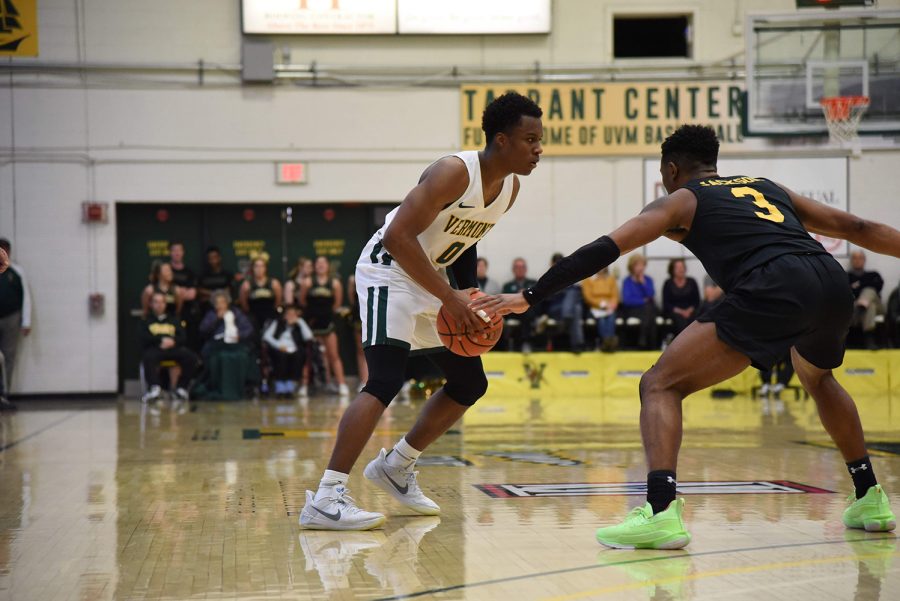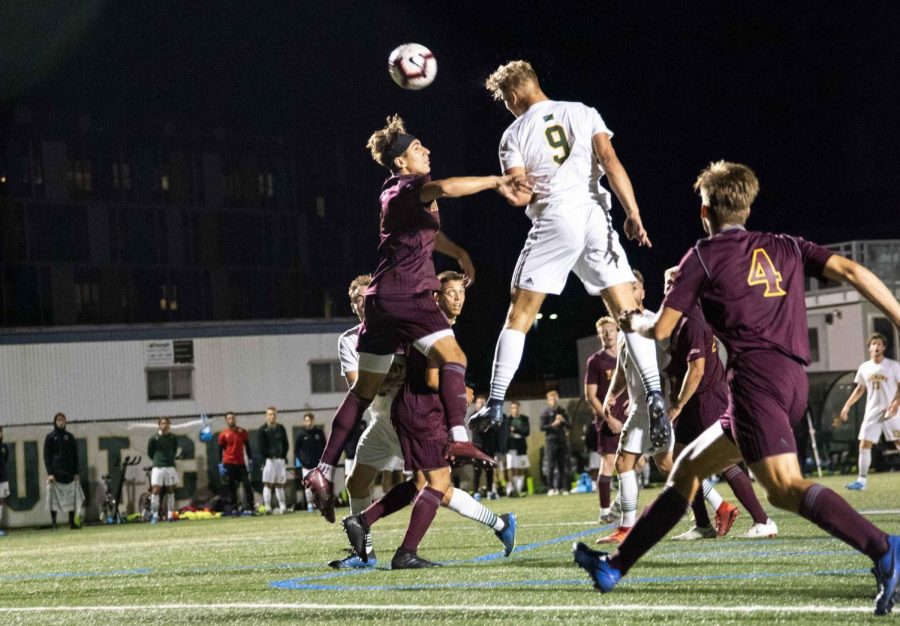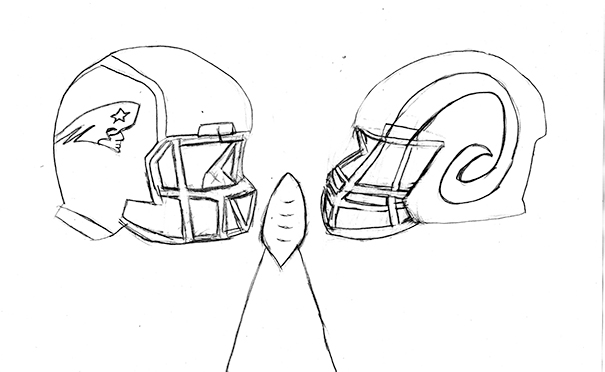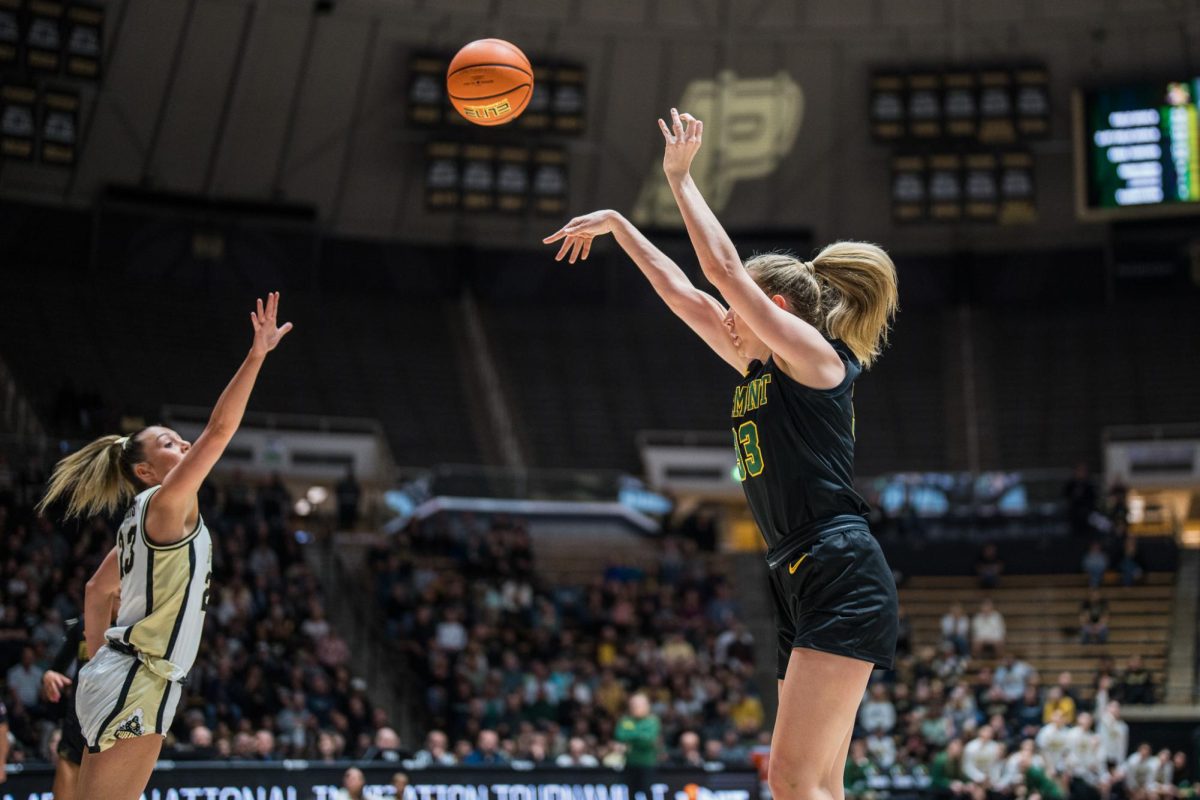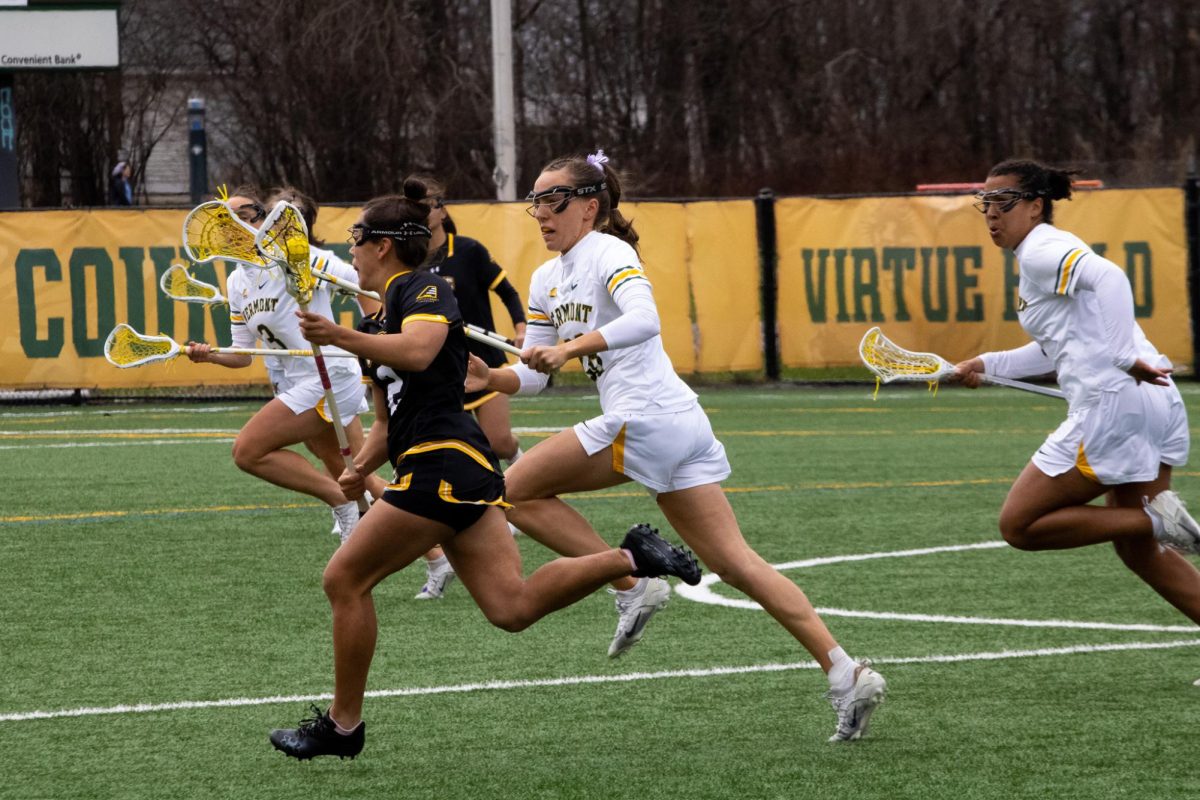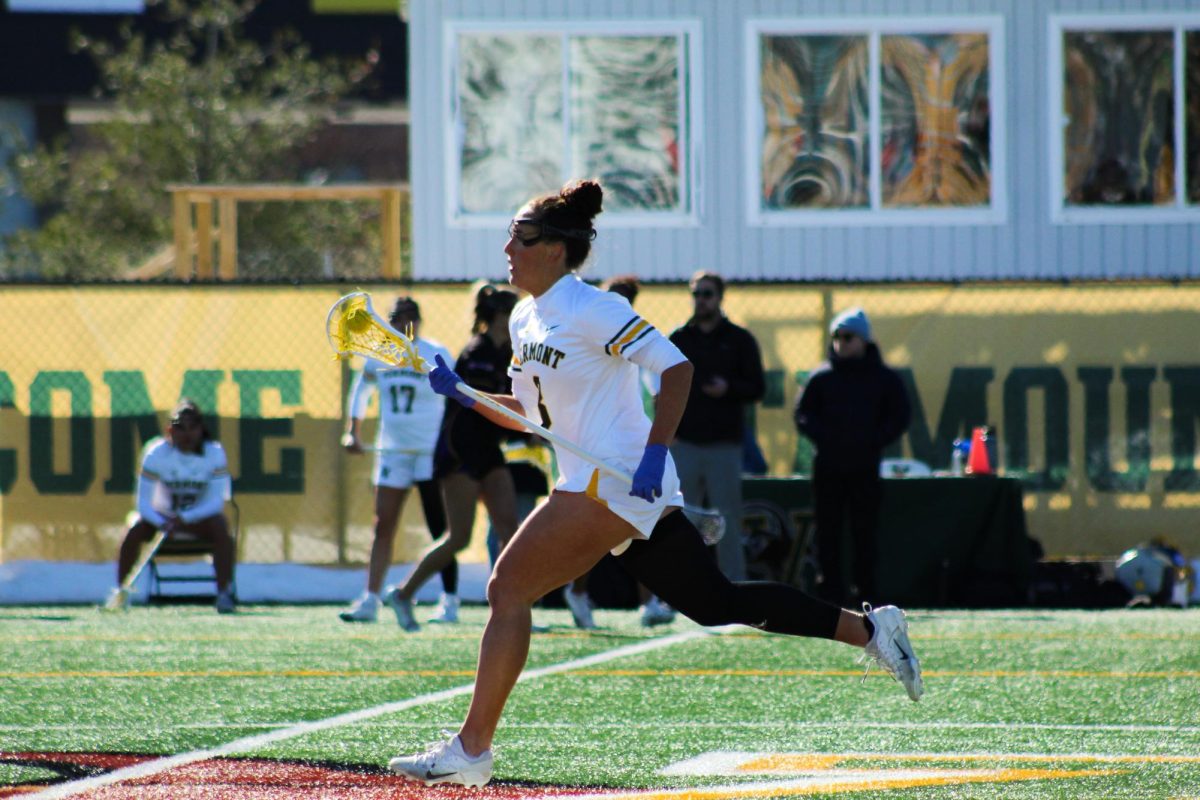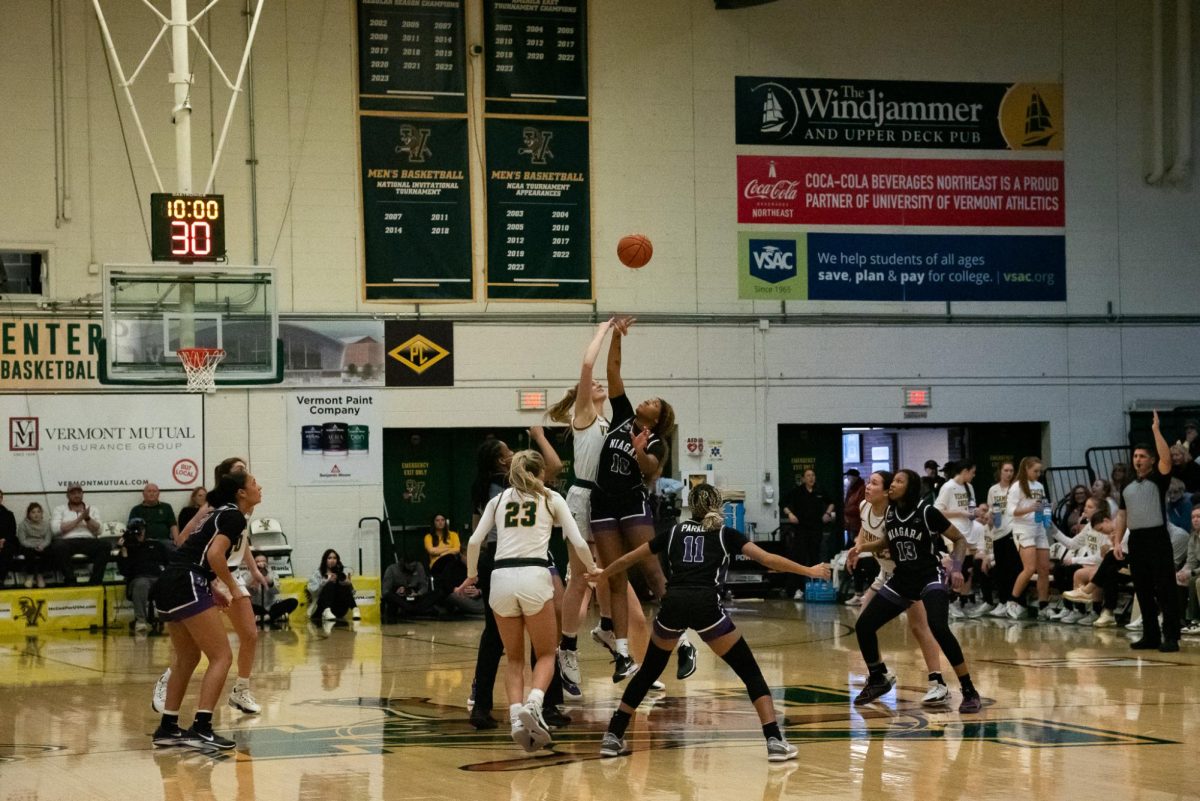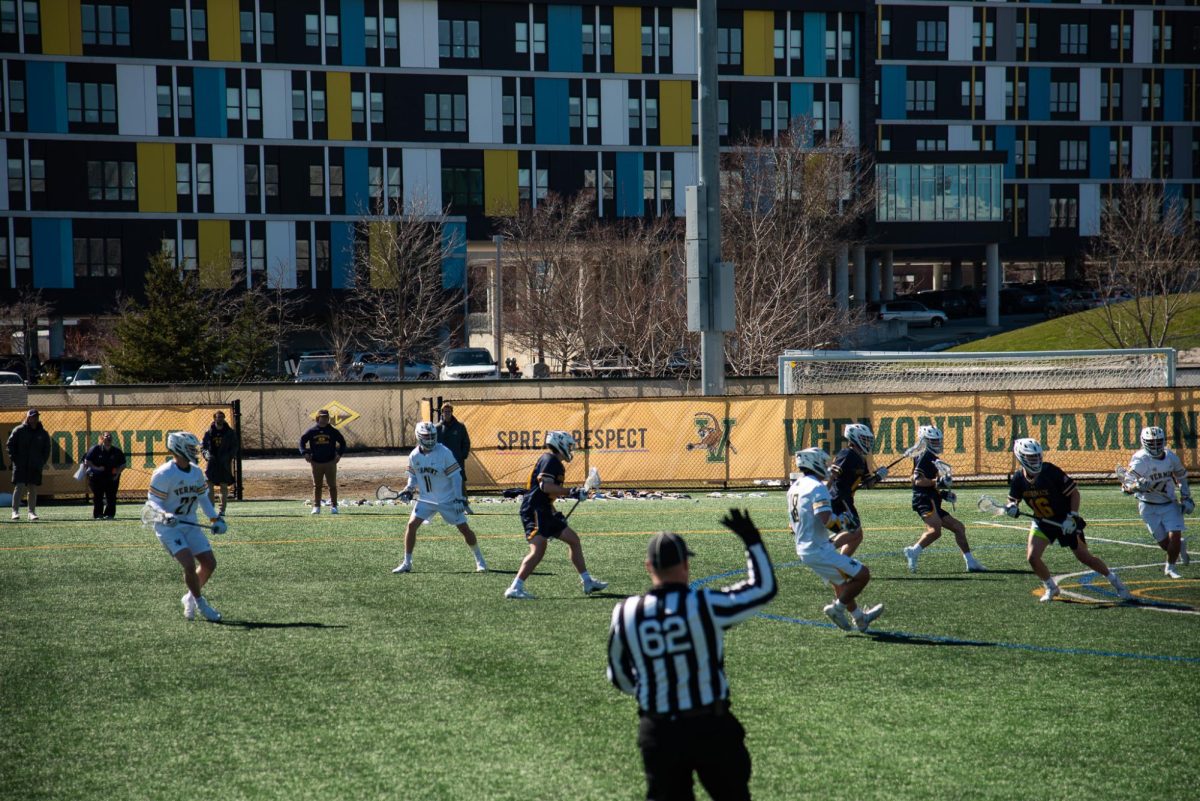Jan. 14 of 2016 seemed to be a normal day for a hockey game in the Siberian city of Novosibirsk.
The under-18 teams of Metallurg Novokuznetsk and Sibir Novosibirsk were battling it out in a Russian Youth Hockey League match.
All was going well until late in the second period.
As the game came to an end, a Sibir player took a shot that struck Metallurg captain Alexander Orekhov, one of Siberia’s most promising talents, in the neck just below the ear.
Orekhov suffered a ruptured carotid artery, fractured vertebra and cardiac arrest, according to Russian sports site Sport-42.
CPR was performed immediately, but Orekhov had fallen into a coma from which he would never awake.
He passed away Feb. 2 at the young age of 16.
Though Orekhov was wearing a neck guard, the incident has caused massive debate in Russia over neck protection in hockey.
UVM equipment manager Charles MacKay said neck protection is not mandated by the NCAA, Hockey East or the University.
This must change.
Not only should neck protection be mandatory, it needs to be improved to prevent further accidents like Orekhov’s.
When it comes to neck protection, blunt force trauma isn’t the first issue thought of by most people.
The biggest fear tends to be skate blades catching players in the neck, particularly the jugular vein.
The infamous image of former Buffalo Sabres goalie Clint Malarchuk from a 1989 game comes to mind.
Malarchuk was playing in a game against St. Louis when forward Steve Tuttle’s blade caught the goalkeeper in the neck, severing his carotid artery and injuring his jugular.
Malarchuk survived, but the scene was so awful that, according to ESPN, 11 fans fainted.
Cuts in other parts of the body are protected through mandatory cut-resistant gear, but not the neck, Mackey said.
“What we mandate for our kids is cut-resistant gauntlets and socks,” MacKay said. “Next year, we’re looking at taking it a step further.”
If budget permits, UVM will be introducing cut-proof undergarments to maximize protection, primarily around the groin area.
Despite this, nothing has been done about neck protection.
Only UVM’s goalies wear neck protection, largely because players find them uncomfortable, Mackey said.
There has to be a way in which throat and neck protection can marry both protection from blunt force trauma and skate blades and comfort.
It wasn’t until the 1967 death of Minnesota North Stars forward Bill Masterton that the NHL mandated helmets, and since then helmets have become protective enough to shield from some injuries while still being fairly comfortable. There’s no reason neck protection can’t follow the same path.
Hockey Canada mandates neck protection at the youth level, while USA Hockey does not.
It’s time to change that.
Otherwise another young player is going to end up like Orekhov: gone far too soon from a preventable injury.







